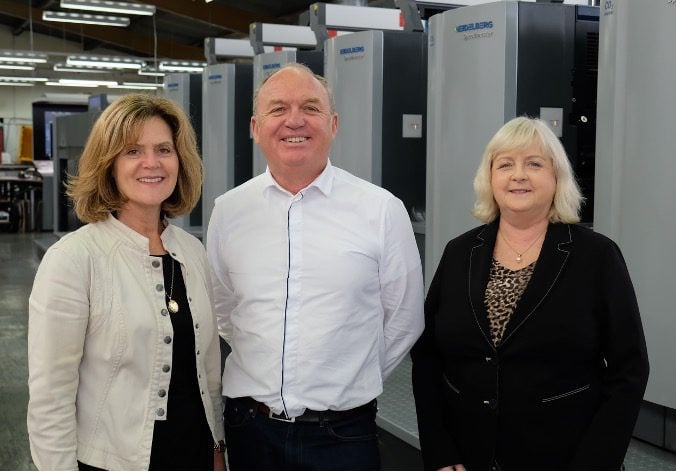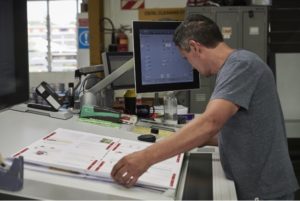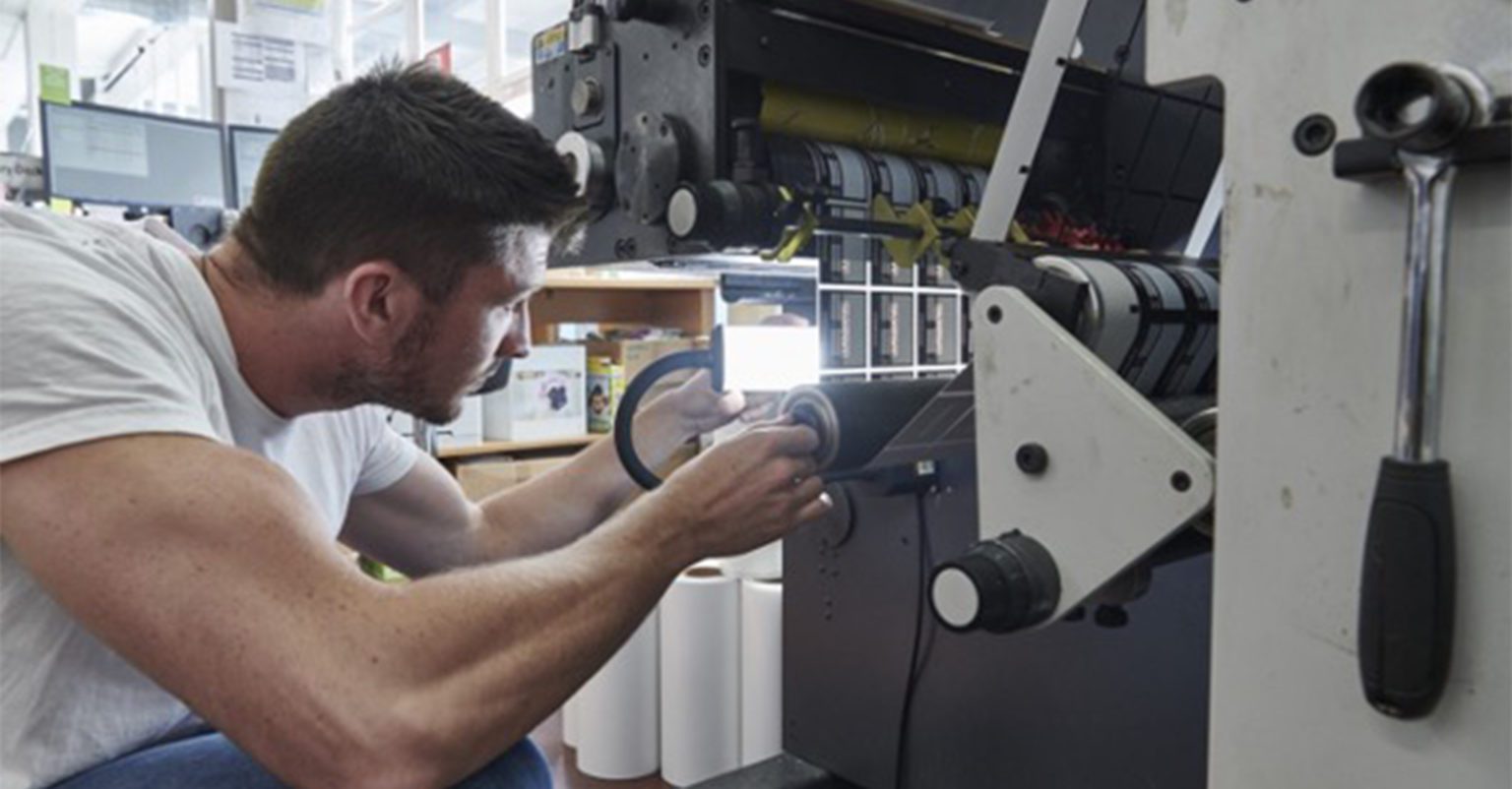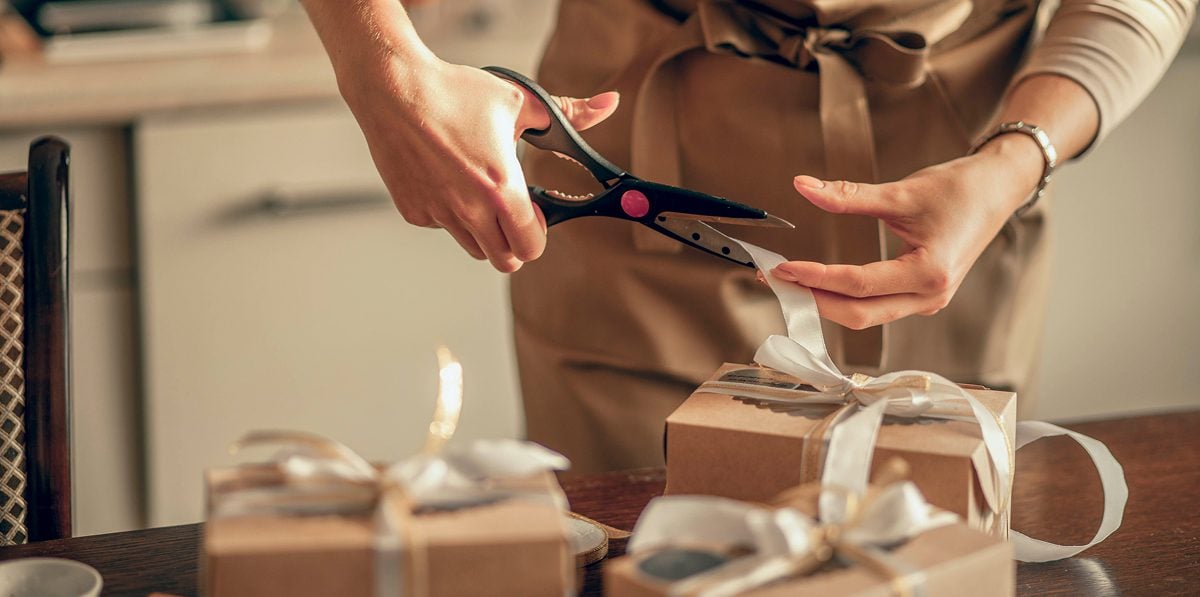This NZ printing company uses its power bill to stay on track with its energy reduction initiatives. No matter which way electricity prices go, they are still smashing targets.
At a glance
Here’s a snapshot of the advice from our interviewees:
- 1. Lip service isn’t good enough. It’s time to take meaningful action.
- 2. It’s easier than you think. Small changes can add up to make a big difference.
- 3. Reducing energy consumption is good for the environment and really good for your bottom line.
Imagine looking forward to receiving your power bill each month, no matter what the electricity prices are doing.
For Fred Soar and sisters Jenny Carter and Vicky Soar, directors of Soar Print, every power bill is an opportunity to measure, benchmark, adjust and stay on top of their energy reduction targets.
Here, Fred shares the story of how they transformed Soar Print into an environmental-award-winning business – and are calling on others to step up to the (green) plate.
 Soar Printing directors and siblings Jenny Carter, Fred Soar and Vicky Soar are calling others to step up to the (green) plate.
Soar Printing directors and siblings Jenny Carter, Fred Soar and Vicky Soar are calling others to step up to the (green) plate.
Giving new meaning to a bright idea
“When people ask me about sustainability or reducing energy consumption,” says Fred Soar, Director of Soar Print, “I like to share this story. Five years ago, we wanted to put a new piece of equipment in. An electrician said we would need more amps fed into the building and a new switchboard. It was going to cost somewhere between $50,000 and $150,000.”
Hoping there was a better way, Soar Print engaged an independent energy consultant to come and survey their factory.
“She told us that we were overlighting the factory,” Fred Soar says.
“It was in fact really well serviced by natural light. There would only be a couple of hours during the day over winter that we would need lights on. Similarly, we were overlighting the factory at night. We needed to be safe and make sure night staff felt comfortable, but there was no need to be running all the lights all night.”
“The same went for the air conditioning. We only really need it for a couple of months of the year. She also identified a piece of equipment that was drawing more energy than it needed.”
The result? Soar Print cut its energy costs by 10% almost overnight – and they didn’t need to spend up to $150,000 on new electrical works.
Why measurements matter
Soar Print was founded in 1920 and has been run by three consecutive generations of the Soar family. The current directors, siblings Fred Soar, Jenny Carter and Vicky Soar decided 12 years ago that running the business as sustainably as possible would be a priority for them.
Since then, the business has become carboNZero certified, and is the first print company in NZ to achieve FSC and PEFC certification. In 2019 Soar Print was the winner of the Excellence in Climate Action – Small Business award at the Enviro-Mark Solutions Excellence Awards.
 Press operator Lloyd in action. Each of Soar’s 80 employees is expected to play a role in reducing energy consumption, water usage and general waste
Press operator Lloyd in action. Each of Soar’s 80 employees is expected to play a role in reducing energy consumption, water usage and general waste
“We are climate change believers,” says Fred Soar. “And as an intergenerational family business, we feel strongly that our duty is to use no more than we need and leave resources for the next generations in as good a shape as we can.”
Each of the firm’s 80 employees is expected to play a role in reducing energy consumption, water usage and general waste. But it is the finance department that plays a particularly critical role in measuring energy consumption and benchmarking it to output.
“We look at output in terms of A4 pages – how many are we producing a month – and then we work out what it’s costing per kilowatt hour per page.”
They also measure water consumption and waste to landfill. “As a carbon-neutral company we need to measure and record everything so we can account for our carbon footprint. And it’s not just about buying carbon credits to offset your sins. We want to be actively reducing our carbon footprint every year.”
“It’s an old saying, but it’s true: if you can’t measure it, you can’t manage it.”
“It’s not just about buying carbon credits to offset your sins. We want to actively reduce our carbon footprint every year.”
Investing in more energy-efficient technology has been key to Soar Print’s success in reducing its consumption. For example, the installation of a single new printing press in 2019 increased output and cut year-on-year energy use by more than a fifth. It also cut waste by more than half, amounting to a whopping 84 tonnes of paper.
From 2009 to 2019, Soar Print reduced its carbon emissions by more than 50%, saving more than $480,000 in fuel and power costs relative to turnover
Partner with (and push) suppliers for support
“We’ve recently found a way to recycle corflute,” says Fred. “It goes back to one of our suppliers and they turn it into black corflute. Another organisation takes on some of our large-format printing waste to use in fence-post manufacture. It’s all helping to make it more of a circular economy.”
“When we take on a new supply contract, we like to make sure that anything we can’t recycle, they can take care of disposing of. And that doesn’t mean out of sight and into landfill.
“We are pretty demanding when it comes to keeping our suppliers accountable. When they get pushback from customers, they know it’s time to start looking at different ways of doing things.”
Fred’s tips for getting green
- Don’t just think about it from a compliance perspective. You will save money by following through on energy-reduction initiatives. It’s a no brainer.
- Look at your power bills. Measure your usage. Set up recycling streams. If you can’t recycle something, talk to your supplier. Anyone worth their salt will at least have a suggestion.
- Get an energy audit – it’s a great way to kickstart some action.
- Time spent in reconnaissance is seldom wasted. Take a look around. See what’s possible. Sometimes it’s as simple as turning off a switch. Some of our current simple actions for energy reduction include:
- Ensuring doors are closed to optimise HVAC performance
- Switching off monitors, lighting, hot water heaters and other equipment to reduce after-hours usage
- Reducing heat pump usage by setting appropriate temperatures
Want to invest in energy efficient technology to start making your business green but need the funds to get started? Talk to one of our small business specialists about how a Prospa Small Business Loan could help.




